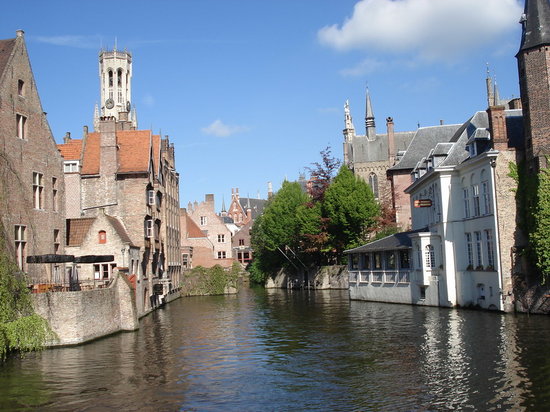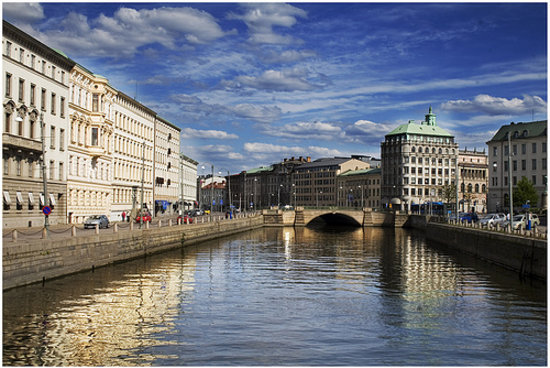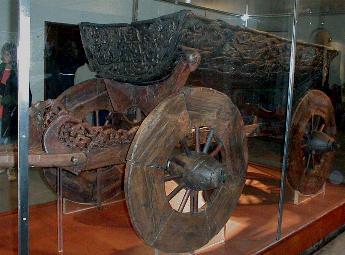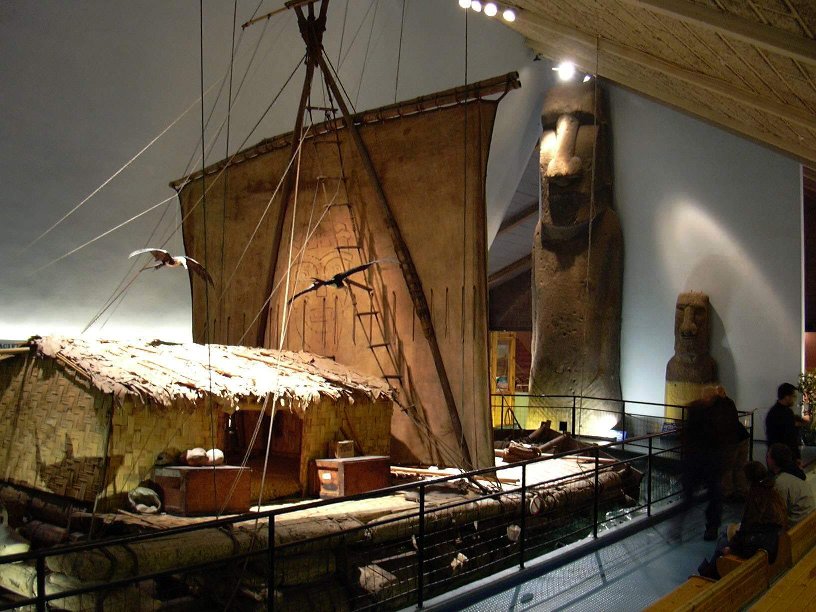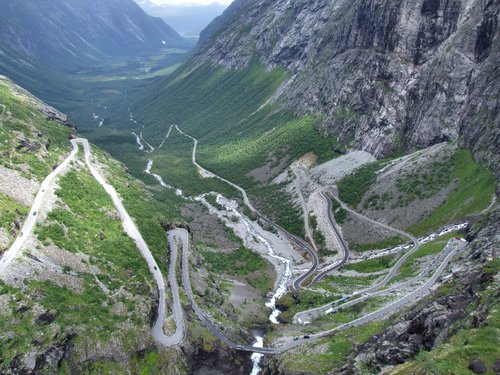What a lovely city this is – it has been 5 years since I was last here. That was when I was with my mother on a river cruise. This morning I had to go down to the Mein River and just reminisce about the incredible trip I did with her. I went down rather early and found somewhere right on the river bank to have breakfast. It was a beautiful morning, with quite a lot of traffic on the river and a couple of the river ships were berthed here.
When I arrived yesterday there had been an ‘Iron Man Event’ in the city. After making some inquiries it was actually what we would call a ‘super triathlon’. This is a huge event for the city with thousands of spectators. And, they are still cleaning up today.
After settling into my hotel I took a walk and the first thing I saw about 50 metres down the street on a city square was what appeared to be a festival or a carnival. It was part of the Iron Man Event – lots of food and drink stalls. I decided to eat there and the choices were exactly what you would expect to find in Germany. Stalls selling many varieties of beer, sausages, potatoes, pancakes, local cakes and biscuits plus things like popcorn and ice-cream. I ended up spending some time there. I got talking to a couple from a nearby suburb. The lady could speak four languages and I think she enjoyed chatting in English to me. She told me she gets few opportunities to speak English.
This morning I did do the usual hop-on-hop-off bus as my time here is limited. Again it was a good tour and very informative. Frankfurt employs many people in the finance and banking sector, but the other huge employer is Frankfurt Airport. This airport is just smaller in size and volume to Heathrow.
The main square in the city is Romberg Square and that is simply delightful with many older style buildings. Because of the event yesterday there were dozens of workers taking down the temporary grandstands as this is where the event finished.
From Romberg Square it is a short walk to the Cathedral, St Paul’s Church, City Hall and the Mein River. This is a very modern city too, with many huge skyscrapers. There is a twin-towers bank building. The locals have a name for each tower - ‘debit’ and ‘credit’.
My short stay in Frankfurt has been really enjoyable.
Well now it is homeward bound!
 |
| The Frankfurt Railway Station. |
 |
| The fabulous "Romberg Square". |
 |
| River Ships berthed on the Mein River. |







